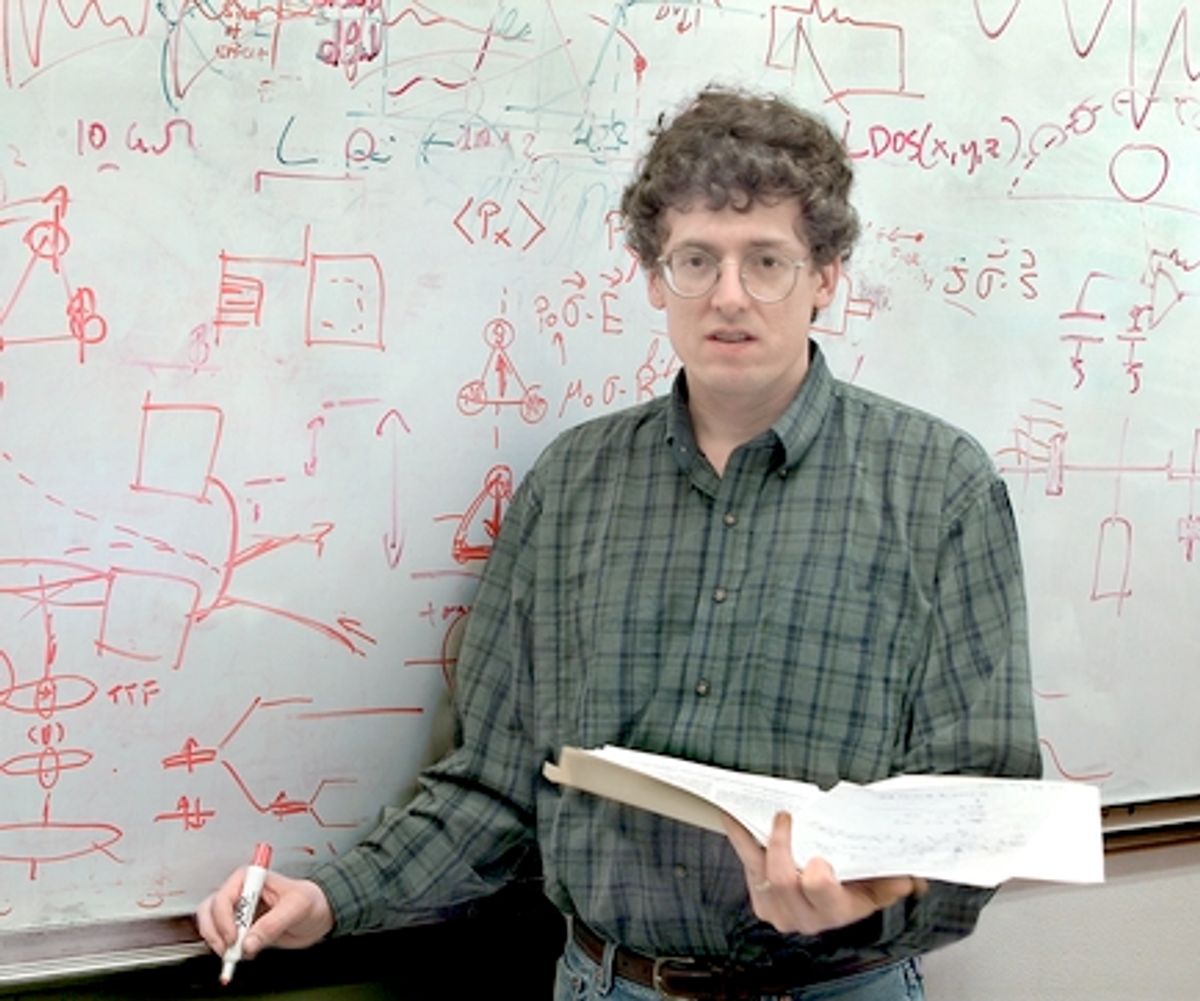It seems there’s a new development in graphene research daily. One day the ‘wonder material’ is made into a semiconductor, and the next it becomes an insulator.
Despite all the research that is ongoing with graphene, no one has been quite sure what role electron-electron interaction played in giving graphene its unique properties, including its high electron mobility.
Crommie is among the researchers who as been pushing the boundaries of graphene’s capabilities since he discovered that graphene could be stretched, and in so doing, introduced the concept of ‘straintronics’ for graphene. One of the offshoots of that research has been the idea of using graphene for piezoelectric applications.
In this latest research, which was published in the journal Nature Physics (“Mapping Dirac quasiparticles near a single Coulomb impurity on graphene”), Crommie and his colleagues looked at and recorded how electrons and holes react to a charged impurity (a single Coulomb potential) that had been located on a gated graphene device.
The researchers were already aware that the electrons traveled through graphene at relativistic speeds comparable to the speed of light. It is for this reason that physicists have referred to them as “Dirac quasiparticles,” which travel at the speed of light if they are massless excitations, but cannot reach that speed if the have mass.
“In graphene, electrons behave as massless Dirac fermions,” Crommie says in the LBL press release . “As such, the response of these electrons to a Coulomb potential is predicted to differ significantly from how non-relativistic electrons behave in traditional atomic and impurity systems. However, until now, many key theoretical predictions for this ultra-relativistic system had not been tested.”
Crommie and his team took theoretical predictions of how Dirac quasiparticles would respond to a charged impurity in graphene and compared those with their physical measurements. They were able to take the physical measurements by using an STM tip to combine cobalt monomers into cobalt trimers that served as the charged impurities. Then, with the same STM, the team measured the response of the Dirac quasiparticles to the Coulomb potential created by the trimers.
“Theorists have predicted that compared with other materials, electrons in graphene are pulled into a positively-charged impurity either too weakly, the subcritical regime; or too strongly, the supercritical regime,” Crommie further noted in the LBL press release. “In our study, we verified the predictions for the subcritical regime and found the value for the dielectric to be small enough to indicate that electron–electron interactions contribute significantly to graphene properties. This information is fundamental to our understanding of how electrons move through graphene.”
By measuring how Dirac fermions react when they are near a charged impurity in the grapehen (a Coulomb potential), the researchers have been able to determine graphene's dielectric constant and in this way they have confirmed that electron-electron interaction is a factor in how electrons behave inside graphene.
Dexter Johnson is a contributing editor at IEEE Spectrum, with a focus on nanotechnology.




